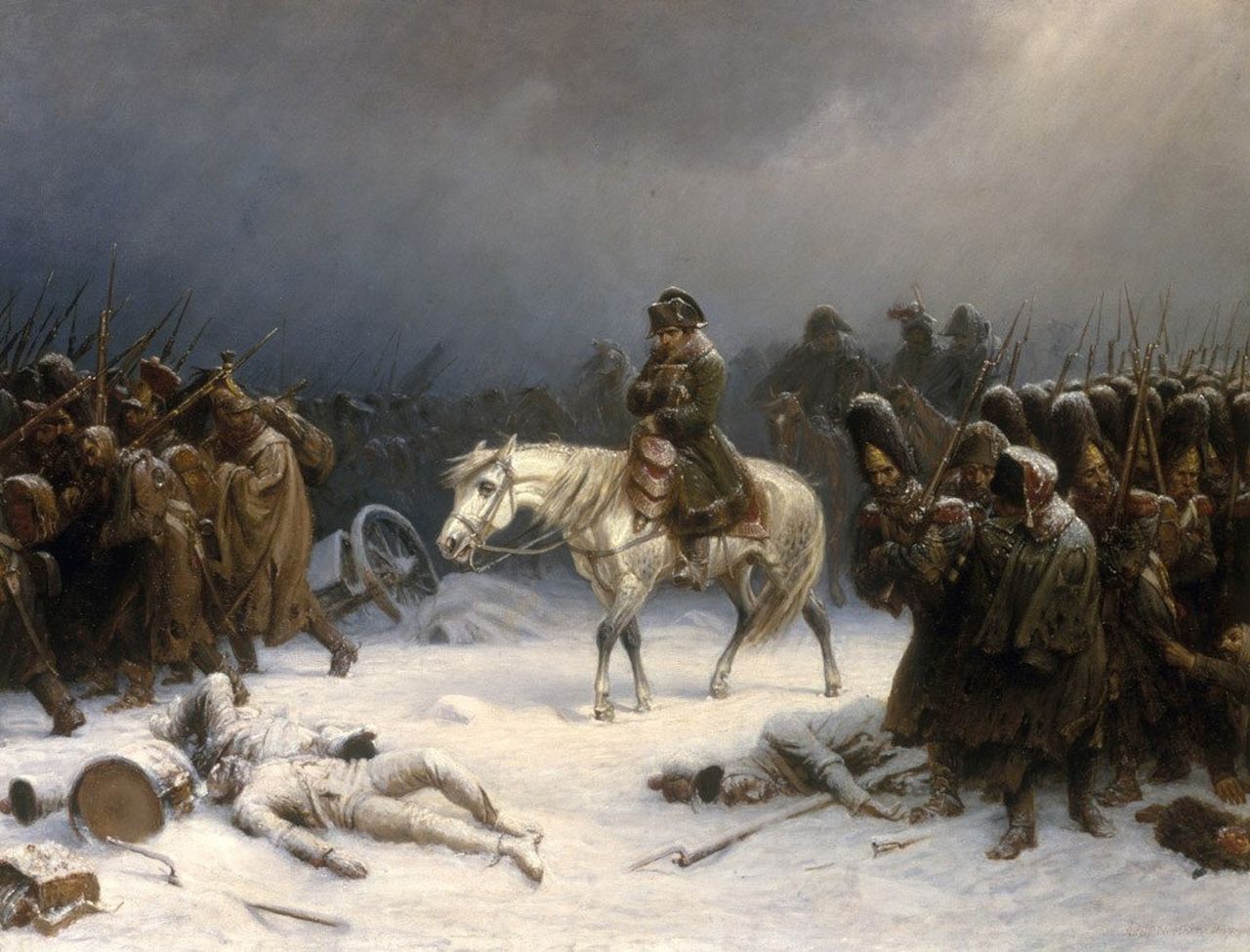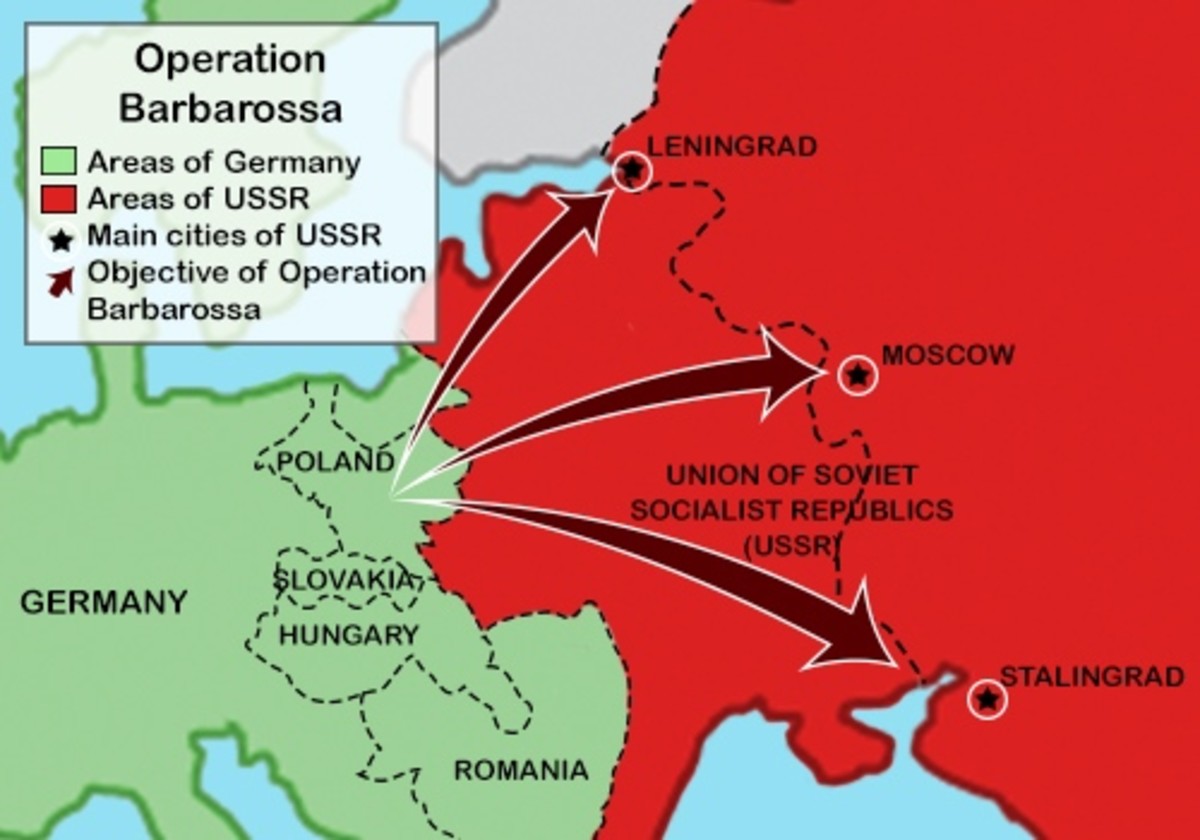Military Blunders That Changed the Course of History
Throughout history, wars have been won and lost due to brilliant strategies—but also massive blunders. From underestimating the enemy to launching invasions doomed from the start, some military mistakes have reshaped entire nations. In this article, we’ll explore the top 3 military blunders that led to devastating defeats and changed the course of history forever.

1.Napoleon’s 1812 Invasion of Russia: The Military Blunder That Destroyed an Empire
/12083179374_5a9cbde493_k-594780533df78c537bcfd37d.jpg)
In 1812, Napoleon Bonaparte launched one of history’s most ambitious invasions, leading over 600.000 troops into Russia. Confident in a swift victory, he underestimated both the vast Russian terrain and the brutal winter.
As the Russians retreated, they used the scorched-earth strategy, burning cities and supplies to deny resources to the French army. By the time Napoleon reached Moscow, he found it in flames and uninhabitable. With no food and winter setting in, his troops began a desperate retreat.

Freezing temperatures, starvation, and relentless Russian attacks decimated Napoleon’s forces. By the time they escaped Russia, fewer than 50,000 soldiers remained. All of the sudden, this disastrous loss shattered Napoleon’s dominance in Europe and set the stage for his eventual defeat.
2.Hitler’s Operation Barbarossa (1941): One of the criticals Military Blunders That Doomed Nazi Germany
In June 1941, Adolf Hitler made one of the most catastrophic military decisions in history with Operation Barbarossa, the largest invasion force ever assembled. Over 3 million German soldiers marched into the Soviet Union, aiming to crush the Red Army, seize crucial resources, and bring about a swift victory that would solidify Nazi dominance in Europe.

However, Hitler’s miscalculations would prove disastrous. The vastness of the Soviet Union, combined with the harsh winter, proved to be insurmountable obstacles. Despite initial successes, the Germans underestimated the determination of Soviet forces and the ability of the USSR to mobilize and resist.

German army were also unprepared for the extreme conditions of the Russian winter, with many soldiers lacking proper clothing and equipment. By December 1941, the Nazi army found itself bogged down in the frozen mud, starving, and facing constant Soviet counterattacks. The siege of Moscow was a critical moment—German forces were forced to retreat, signaling the failure of their initial objectives.
The failure of Operation Barbarossa marked the beginning of a dramatic shift in World War II. Evidently, the momentum of Nazi Germany, once unstoppable, was now severely crippled. The Battle of Stalingrad (1942-1943) would further cement the fall of the Nazi regime as the turning point in the war.

Trafalgar 1805: The Military Blunder That Crippled Spain’s Naval Power
The Battle of Trafalgar, fought on October 21, 1805, was a catastrophic defeat for Spain during the Napoleonic Wars. The French and Spanish fleets, led by Pierre-Charles Villeneuve and Federico Gravina, faced off against Horatio Nelson’s British Royal Navy. Despite outnumbering the British, the combined fleets were poorly coordinated, which ultimately led to disaster.

Nelson employed a daring strategy, dividing his fleet into two columns and attacking the enemy from both sides. This caught the Franco-Spanish forces off guard and allowed the British to decisively defeat them. The result was the destruction or capture of 18 ships, with thousands of casualties on the French and Spanish sides.
This military blunder severely crippled Spain’s naval power. The loss marked the end of its dominance at sea and weakened its ability to defend its colonies, particularly in the Americas. The British Navy’s supremacy would remain unchallenged for the next century, shaping the course of global politics.
For the record, this Battle of Trafalgar is remembered as a turning point in naval history and a stark reminder of how poor leadership and miscommunication can lead to devastating consequences.


Comments
2 respuestas a «Top 3 Military Blunders That Changed the Course of History»
[…] Throughout history, powerful empires have risen and fallen, shaping the world through conquest, innovation, and cultural influence. From the vast legions of Rome to the unstoppable Mongol hordes… Read More… […]
[…] Throughout history, powerful empires have risen and fallen, shaping the world through conquest, innovation, and cultural influence. From the vast legions of Rome to the unstoppable Mongol hordes… Read More […]